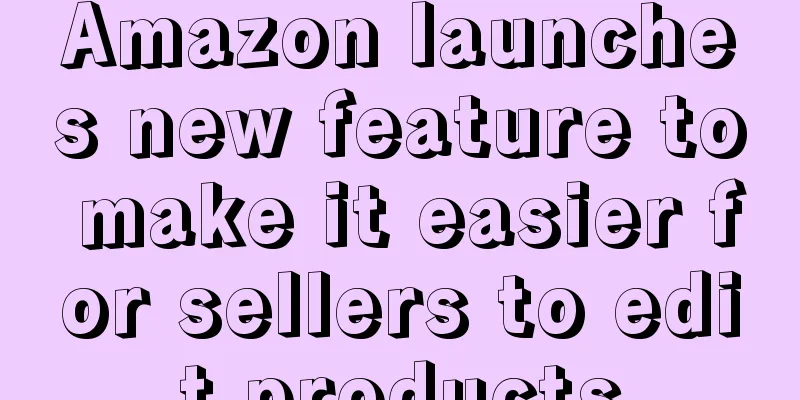Latest research: Price increases affect 61% of American consumers' online shopping habits

|
It is learned that on June 20, according to foreign media reports, digital commerce trust platform Forter released a latest study, which found that 61% of American consumers have changed their online shopping habits due to price increases. The data shows that nearly 90% of the respondents' living costs have increased in the past five years. Among all categories, groceries (35%), clothing (27%) and household items (17%) are the three categories with the highest online shopping expenditures. Consumers’ shopping channels and payment methods have changed Research shows that the channels and methods of consumer shopping are not only affected by price changes, but also by generational preferences. 16% of Generation Z consumers shop more frequently on social media platforms, while this proportion is 7% among all American consumers; 19% of Generation Z consumers shop more frequently on e-commerce platforms, while the average for American consumers is 11%. At the same time, payment preferences are also changing. Data shows that 25% of US consumers use buy now, pay later (BNPL) for online shopping, reaching 53% among Generation Z consumers. Among consumers who use BNPL, 56% do so to help manage costs. Consumers want better benefits and more choices Many U.S. consumers say they would choose to buy from a platform regularly if the platform offered free shipping (63%), affordable items (61%), frequent promotions (36%), a lenient return policy (34%) and a loyalty program (33%). At the same time, diverse and emerging payment methods also attract consumers to shop online, including digital wallets (20%) and BNPL options/cryptocurrency (15%) and credit cards (10%). Doriel Abrahams, chief technology expert at Forter, said that in the macro environment where rising prices have led consumers to change their online shopping habits, brands and platforms that want to maintain customer loyalty and value must continue to evolve, including from simple but important additional benefits to a complete checkout experience. Consumers are cutting costs and lowering prices In light of rising prices, 48% of U.S. consumers have considered exploiting retailers’ policies to their advantage, including hoarding coupons (50%) and reselling sought-after products (15%). These behaviors also vary by generation, with 20% of millennial consumers considering opening multiple online accounts to reuse promotional information, while 24% of Generation Z consumers consider sharing passwords to online subscription accounts with friends and family. Abrahams said that brands and platforms need to strike a balance between driving business through good experience and limiting the damage caused by policy abuse, which mainly depends on identifying target high-quality customer groups. Author ✎ Rayna/ Statement: This article is copyrighted and may not be reproduced without permission. If you need authorization, please contact: happy |
<<: More than 110,000 mattresses recalled by CPSC! Available on Amazon and other platforms
>>: CPSC urgently recalls 50,000 hair clippers due to fire and burn hazards
Recommend
Indian regulator dismisses complaint against Shopee
According to the Economic Times, India's compe...
What is first-fors? first-fors review
First-fors is a professional cross-border home tex...
What is Scoutify? Scoutify Review
Scoutify is an app that turns your mobile device i...
How to delete negative feedback on Amazon? Try these 3 methods
According to a survey, about 65% of buyers check r...
Shopify launches web version of Shop, declaring war on Amazon
It is learned that on October 31, Shopify announce...
What is BrandAlley? BrandAlley Review
Brandalley is a French company and a famous French...
Flipkart adds three new distribution centers! Will create more than 14,000 jobs!
New Delhi: Walmart-owned Flipkart on Thursday said...
Demand for fashion and beauty products in the United States is "rejuvenating"! Sales will peak in December
According to a survey by NPD Group, in addition to...
Regarding sellers who are often copied by others, Amazon has updated its policy on reporting copycat sales!
The most annoying thing about opening a store on A...
What is the Buy Box? Buy Box Review
The Buy Box is the golden shopping cart on Amazon....
What are Value-Added Services? Value-Added Services Review
Value-Added Services refers to additional services...
What are Wildberries? Wildberries Review
Wildberries is a Russian online platform for shoes...
Received a negative review before the product was shipped? The seller's store sales plummeted!
Normal, once there is data abnormality, such as s...
What is a Synlen? Synlen Review
Synlen is a business search tool owned by Beijing ...
What is Cross-border Business School? Cross-border Business School Review
The Cross-border Business School is a professional...









